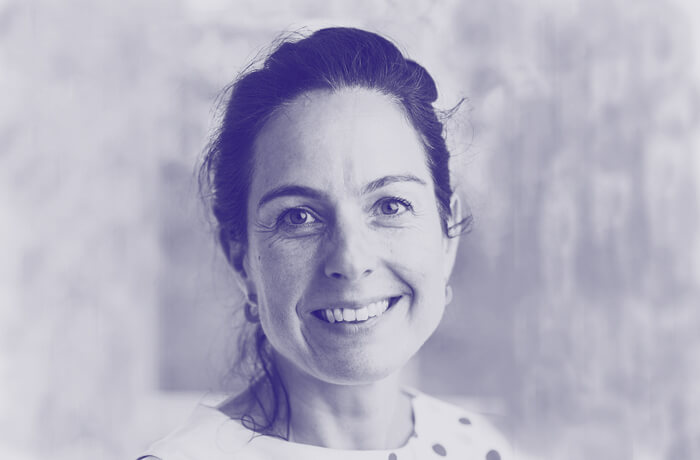It is predicted that by 2050, up to six billion people will live in urban areas, which will accelerate urban densification. This could mean fewer open spaces, more heat islands, and higher energy demands. Integrating daylight – which is a basic human need, as it is essential for our health and well-being – into future urban design should be part of the solution. With more daylight, tomorrow’s cities could offer higher standards of environmental sustainability and enhanced liveability.
Discover
Making cities and human settlements inclusive, safe, resilient, and sustainable
What factors decide the layout of a city? What is the role of daylight in urban design? How does it affect people, their behavior, and their health? The qualities and quantities of daylight access in housing and workspaces, building typologies, environmental qualities and programs of public spaces become progressively crucial for sustainable urban planning to mitigate effects of climate change and urban heating. The integration of the different aspects of daylight into sustainable urban design and innovative energy technologies will support human well-being, living comfort, and healthcare.
Fostering a new mode of knowledge creation through a research platform
Daylight availability is a basic human need, essential for our health and well-being. However, as urban density grows, architects have limited influence on the daylight situation within buildings. Today’s cities will continue to grow, resulting in accelerating urban densification. By 2050 up to six billion people are predicted to live in urban areas. Simultaneously, future cities must comply with higher standards of environmental sustainability and offer enhanced livability. This displays the necessity to focus on daylight availability and quality when formulating the basic principles for new policies in accordance with present and future building developments.
Does that sound utopian? Perhaps. But not for Prof. Hubert Klumpner, Dr. Marie Antoinette Glaser and Prof. Arno Schlüter from the Department of Architecture of ETH Zurich. With the initialization of a new mode of knowledge creation – an interdisciplinary research platform on daylight in sustainable design – they address the research question of how sustainable urban design and innovative energy technologies can better include aspects of daylight to support human well-being, living comfort, and healthcare.
Project Lead:


Professor of Architecture and Urban Design, ETH Zurich, Switzerland


Professor for Architecture and Building Systems, ETH Zurich, Switzerland


Director of the Center for Research on Architecture, Society & Built Environment, ETH Zurich, Switzerland
Why we funded this project
The vision of a long-lasting research platform where daylight is at the center and the connecting element between interlinked questions has convinced us.
The transdisciplinary introduction of daylight into the academic curriculum of architecture and urban planning will contribute in a sustainable way to address the UN Sustainable Development Goals.
Transfer
Integrating daylight into the curriculum
Beyond traditionally organized research
In order to address this research question, the platform goes beyond traditionally disciplinary organized research. It aims to uniquely enable architects, urban planners, technologists, data scientists, sociologists, anthropologists, and policy makers to find sustainable solutions – by critically analyzing and creatively rethinking the interdependencies of daylight and the built environment from an architectural, planning, and health perspective in the context of academic research and its application.
“Velux Stiftung is the premium address for innovation in daylight research in architecture and the built environment.”
Change
Daylight sensitive urban planning
So far, daylight is not addressed in the teaching curriculum or in research at ETH D-ARCH, despite its importance in the urban planning and built development sector. By educating young talents in responsibility and integrated sustainable planning and design research the project will build capacity in the ETH research context. The research platform will also work as catalyst and attractor for new ideas and technologies with the aim to lay the groundwork for this multidisciplinary and problem-oriented knowledge cluster.
As an inter- and transdisciplinary knowledge network for evidence-based research and innovative planning the research platform will connect high quality research, academic teaching, and the practical field at D-ARCH. This will foster a new generation of globally interlinked and multidisciplinary researchers focusing on daylight, sustainable design and urban development who are expected to develop relevant outcomes for policy making in the field of future integrated urban planning.

Impact
Making cities and human settlements healthier and more sustainable
Daylight sensitive and sustainable urban planning has the potential to make future cities more livable and simultaneously improve health as well as social and economic sustainability. Fostering a new generation of interdisciplinary scientists will lay a foundation and position daylight sensitiveness as a new anchor point in urban planning and the built environment, because it adds responsible answers to the stated planetary urgencies.
 Share
Share



